Drumreilly civil parish is situated partly in the baronies of Carrigallen and Dromahaire, County Leitrim and partly in the barony of Tullyhaw, County Cavan, Ireland.
Contents

Drumreilly civil parish is situated partly in the baronies of Carrigallen and Dromahaire, County Leitrim and partly in the barony of Tullyhaw, County Cavan, Ireland.

The name of the parish derives from Drumreilly townland in the parish, which is an Anglicisation of the Gaelic Druim Air Belaigh meaning 'The Hill-Ridge of the Eastern Road'. The earliest surviving reference to the name is c.800 in the Martyrology of Tallaght, where it is spelled Dromma Airbelaig. [1]
The parish is in an area originally called Cenel Luacháin inhabited from early times by the Conmhaícne tribe. The reference above in the Martyrology of Tallaght is to a feast day on 15 January referring to the Seven bishops of Dromma Airbelaig, who probably lived in a monastery in the area in early Christian times. [2]
The townlands of Drumreilly civil parish in County Leitrim are:
The townlands of Drumreilly civil parish in County Cavan are:

Trory is a townland, small village and civil parish in County Fermanagh, Northern Ireland, 3 miles (5 km) north of Enniskillen. The townland is situated in the historic barony of Tirkennedy, but the civil parish covers areas of the barony of Tirkennedy, as well as the barony of Lurg. In the 2001 Census it had a population of 315 people. It lies within the Fermanagh and Omagh District Council area.
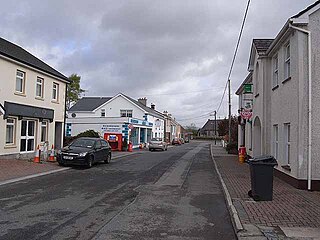
Newtowngore or Newtown Gore, known before the Plantations of Ireland as Ducarrick, is a village on the R199 regional road in County Leitrim, in the north of the parish of Carrigallen.

Drumcalpin is the name of three townlands in County Cavan, Ireland, with one situated in the civil parishes of Annagh, Castleterra, and Larah.

Tomregan is a civil parish in the ancient barony of Tullyhaw. The parish straddles the international border between the Republic of Ireland and Northern Ireland. The largest population centre in the parish is Ballyconnell, County Cavan. The total area of the civil parish is 10,600 statute acres. Most of Tomregan's constituent townlands are situated in County Cavan while the remainder lie in County Fermanagh. In the Catholic Church, the ecclesiastical parish of Tomregan was split in the early 18th century, with the County Fermanagh townlands being assigned to the parish of Knockninny while the County Cavan townlands were united with the parish of Kildallan.

Cullyleenan is a townland in the Parish of Tomregan, Barony of Tullyhaw, County Cavan, Ireland.
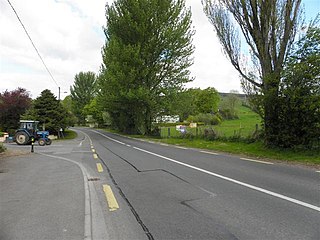
Derryginny is a townland in the Parish of Tomregan, Barony of Tullyhaw, County Cavan, Ireland.

Mullaghduff is a townland in the Parish of Tomregan, Barony of Tullyhaw, County Cavan, Ireland.
Doon is the name of three townlands in County Cavan, Ireland, with one situated in the civil parishes of Drumreilly, Mullagh, and Tomregan. All three derive their name from the Irish term Dún, meaning "fort".
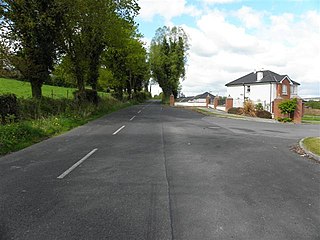
Corranierna is a townland in the Parish of Tomregan, Barony of Tullyhaw, County Cavan, Ireland. (Disambiguation see also- Corranierna townland, County Cavan, Republic of Ireland.)
Moneensauran is a townland in the civil parish of Templeport, County Cavan, Ireland. It lies within the Roman Catholic parish of Glangevlin and barony of Tullyhaw.
Annagh or Anagh may refer to:
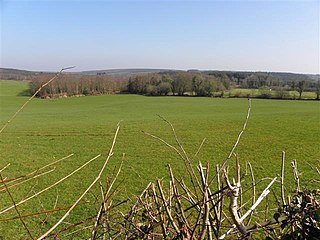
Burren is a townland in the civil parish of Templeport, County Cavan, Ireland. It lies in the Roman Catholic parish of Templeport and barony of Tullyhaw.

Camagh is a townland in the civil parish of Templeport, County Cavan, Ireland. It lies in the Roman Catholic parish of Templeport and barony of Tullyhaw. The local pronunciation is Commagh.
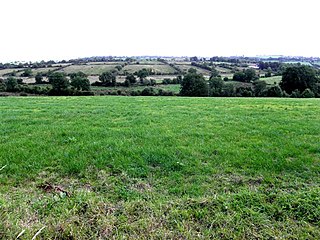
Killyran is a townland in the civil parish of Templeport, County Cavan, Ireland. It lies in the Roman Catholic parish of Templeport and barony of Tullyhaw.
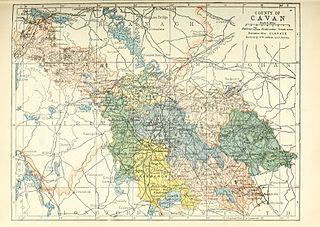
Tullyhunco is a barony in County Cavan, Ireland. It comprises the civil parishes of Kildallan, Killeshandra and Scrabby.
Derrinlester is a townland in the civil parish of Kildallan, barony of Tullyhunco, County Cavan, Ireland.
Coppanaghmore, an Anglicisation of the Gaelic ‘Copanach Mór’ meaning The Big Place covered with Dock-leaves, is a townland in the civil parish of Templeport, County Cavan, Ireland. It lies in the Roman Catholic parish of Glangevlin and barony of Tullyhaw.
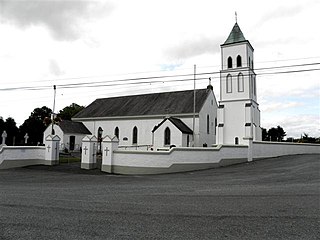
Lisroughty is a townland in the civil parish of Drumreilly, Roman Catholic parish of Carrigallen, Carrigallen, County Leitrim, Ireland. Up until the Ordnance Survey of 1836 the townland was situate in the barony of Tullyhaw, County Cavan.

Moher is a townland in the civil parish of Drumreilly, barony of Tullyhaw, County Cavan, Ireland.
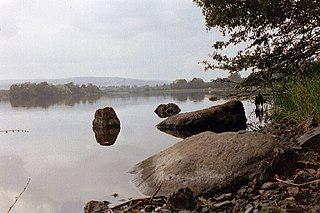
Killywilly is a townland in the civil parish of Drumlane, Barony of Loughtee Lower, County Cavan, Ireland.